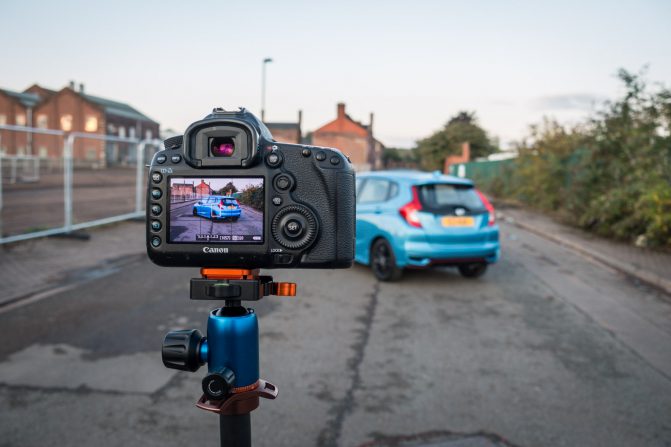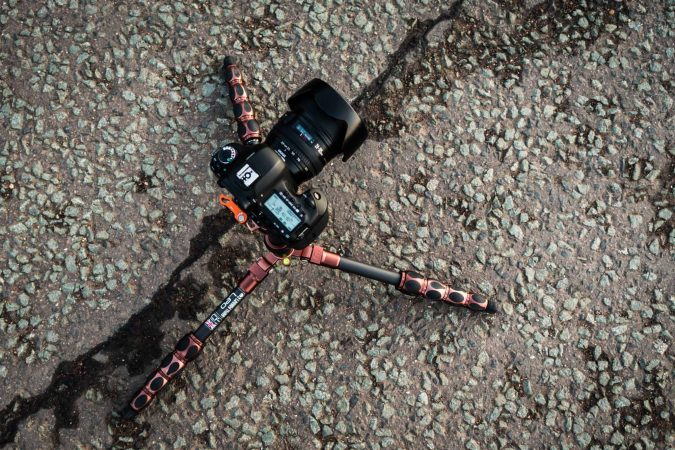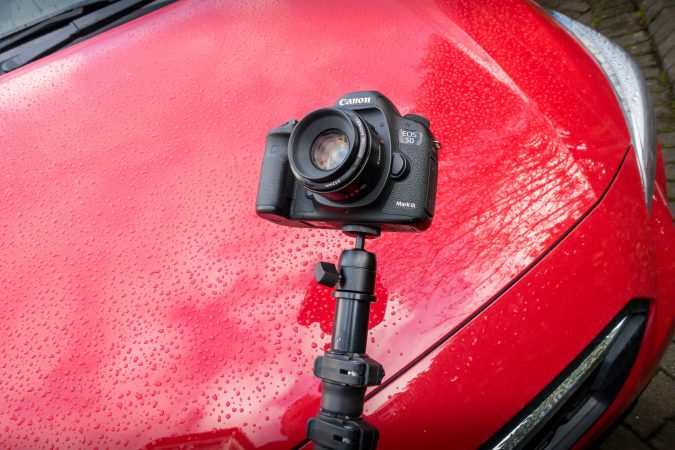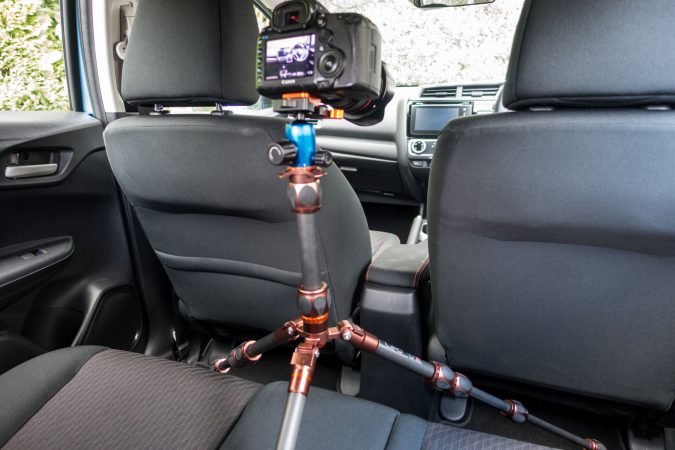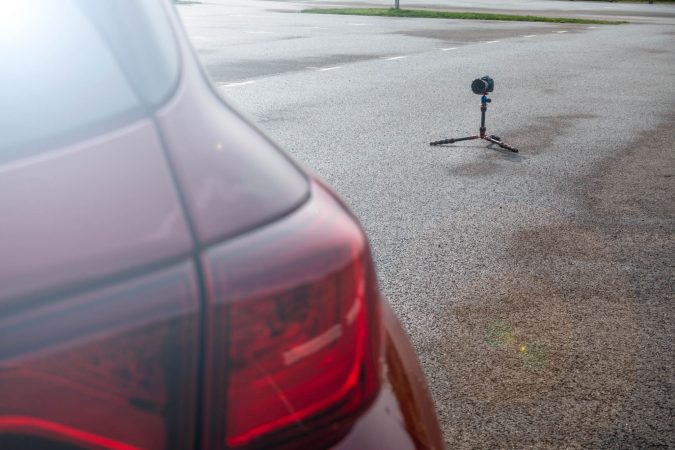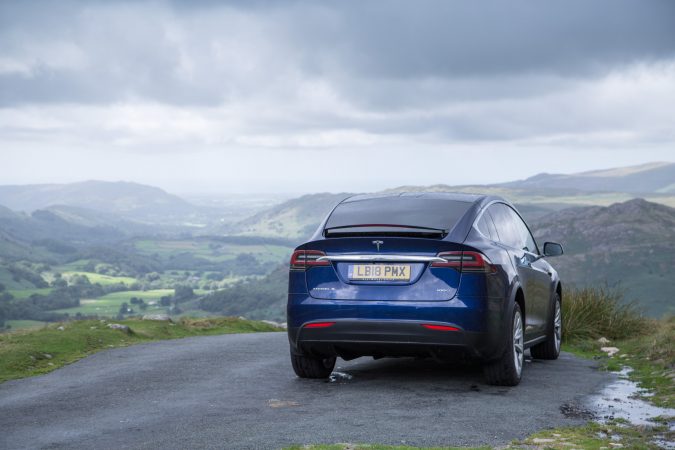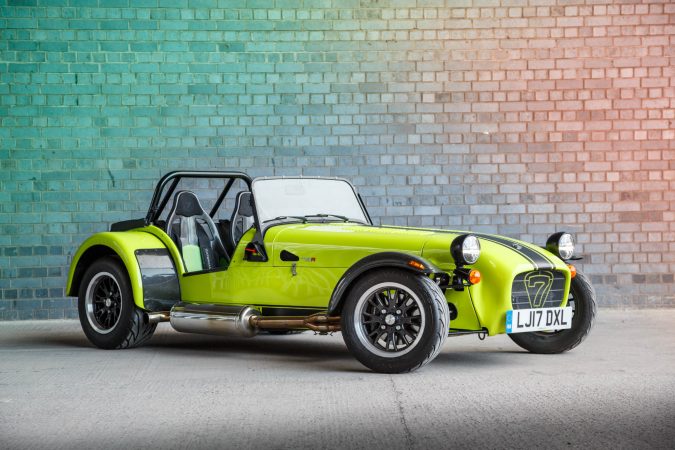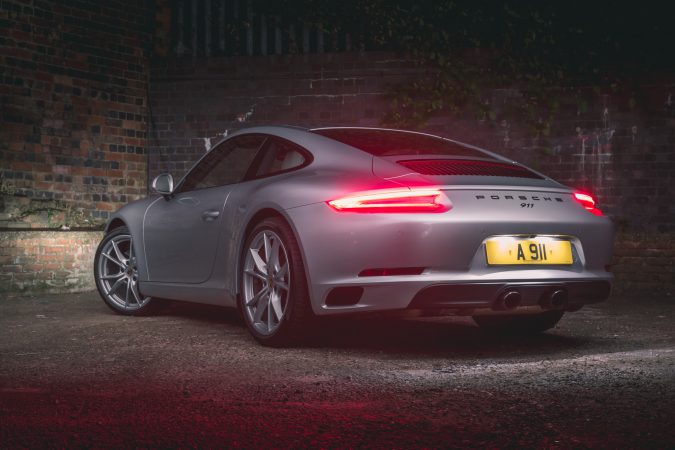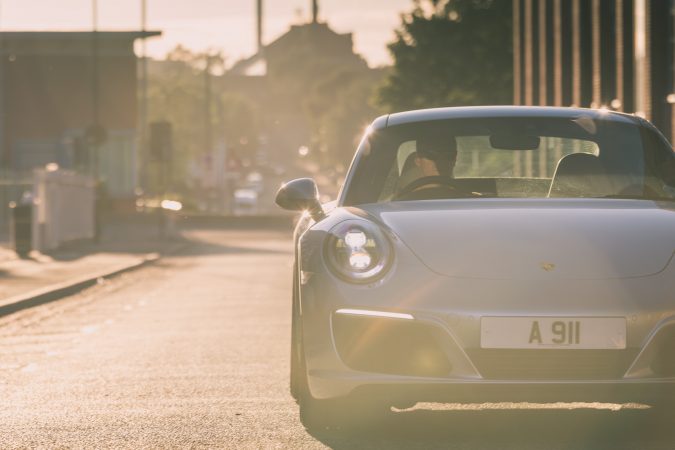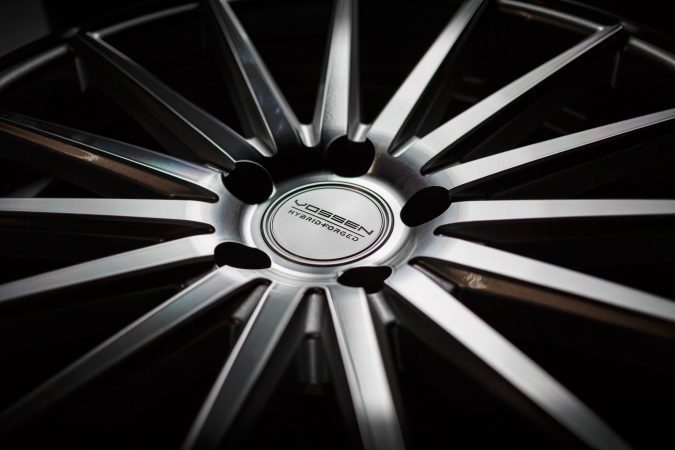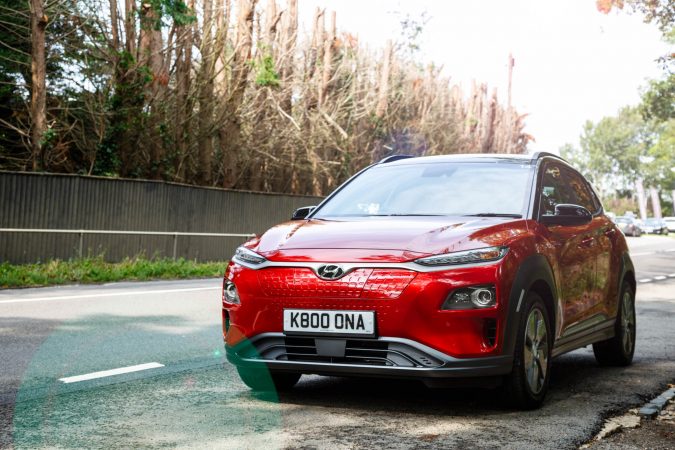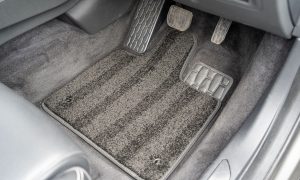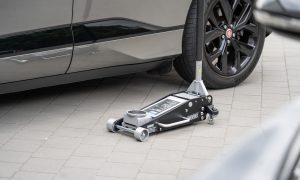The Canon 5D Mark III
Good photography and high quality photographs are a cornerstone of motoring journalism. Here at MotorVerso, it’s something we take seriously. Thus, there is a need for a photographic equipment that matches our intent. Fittingly, we have picked a venerated camera that will undoubtedly be remembered as one of the finest produced in the digital age – the Canon 5D Mark III.
Released in March of 2012, the Canon 5D Mark III, as the name indicates, is the successor to the well-received 5D Mark II, and is 3rd in the lineup of Canon’s professional full-frame DSLR bodies.
It was essentially an improvement in every way compared to the Mark II: a new 22.3-megapixel full-frame sensor, newer DIGIC 5+ processing unit, and a larger LCD to name but a few upgrades. Perhaps more crucially, the 4-year development period brought along with it a much more reliable 61-point autofocus system with 41-point cross-type points and 100% coverage viewfinder.
The list of noteworthy improvements was sufficient to coax most professional photographers that have already devoted themselves to the Canon ecosystem to switch to the 5D Mark III. Even with the introduction of the 5D Mark IV, however – which once again offers a whole host of improvements – most photographers aren’t rushing to upgrade just yet.
In fact, for ourselves and many other professional photographers, the 5D Mark III still serves its purpose as their main workhorse and daily driver. With used models settling down in value, is the Canon 5D Mark III still worth a thought?
Why are we still using the Canon 5D Mark III?
There’s no denying it: the 5D Mark IV is just technically superior. That’s a fact. With the capabilities to shoot cropped 30 fps 4K footage or 60 fps full HD footage and sporting a more advanced autofocus system, the ardent videographers will find the upgrade pleasing.
For me, that’s essentially the biggest headline there is. Undoubtedly the sizeable sensor resolution bump to 30.1 megapixels is noteworthy, but it certainly doesn’t undermine the aptitude of the 5D Mark III.
The most compelling justification for us to consider skipping the 5D Mark IV or even the 5DS R is simple – the Mark III still takes stunning photos. Heck, even to this day I’m still astounded by the sheer amount of detail that the 5D Mark III can capture.
It is a full frame DSLR after all, and the photos it takes are indicative of one. Keeping it to raw files, it produces excellent colour, boasts a broad dynamic range and reproduces great tonality in its photos.
Impressive Specs
Even in the dark, you have a generous range of ISO that you can realistically use while maintaining reasonable image quality. I found images up to 8000 ISO to be plenty agreeable, and it’s not until 51200 ISO that I would say the images lose too much detail.
Aside from the stellar image quality, the 5D Mark III boasts a number of professional features: we’re given a dual SD card slot, 1/8000 shutter speed, weather sealing, headphone out, and 6 fps shooting speed.
The Mark III’s magnesium alloy body frequently found on professional bodies feels robust, which instils confidence in me as my cameras tend to take a bit of a beating.
Being a Canon, the camera is well served by the eclectic range of excellent L lenses. I leave the 24-105mm Canon f4/L on the body, which creates stupendous photos. But when reach is needed for a panning shot, the 70-200mm f4/L doesn’t disappoint. Even the very reasonable Canon 40mm f/2.8 can yield some pretty outstanding photos.
Longevity
With all that said, however, the 5D Mark III’s most venerable merit might just be its dependability. Being a true workhorse is all about how reliable it is out in the field, and even with its 1800 mAH battery, the 5D Mark III lasts easily over 800 shots from full.
It’s almost always ready and primed to shoot the moment you switch it on. When the conditions are wild and inconsistent, I can kick it into P mode with automatic ISO and pick an AF point, and it’ll sort me out just fine 99% of the time. With an AF system borrowed from the then flagship Canon 1D-X, the consistent hit rate is something every photographer will appreciate.
The Verdict
Even today in 2018, the 5D Mark III still offers a significant skill ceiling, and the photos it can take is truly only limited by the twelve inches behind it. Even today I would recommend the 5D Mark III to any aspiring photographers.
Indeed, technically speaking, the 5D Mark IV is better than the 5D Mark III in many ways. What the 5D Mark III now offers more than ever, however, is better value for money, and affordability. It will remain relevant even a few years down the line for those looking for a professional body at a reasonable price.
The biggest argument to go for the Mark III instead of the IV is the fact that you’d save money that’s better spent on quality glass. A camera body is only as good as the glass it’s shooting through, and with the money saved over the Mark IV, at the current rate, you can pair the amazing Canon EF 24-105 f4/L with the Mark III.
Without a true game changer on the horizon, the Canon 5D Mark III will be staying with us for a long time.

